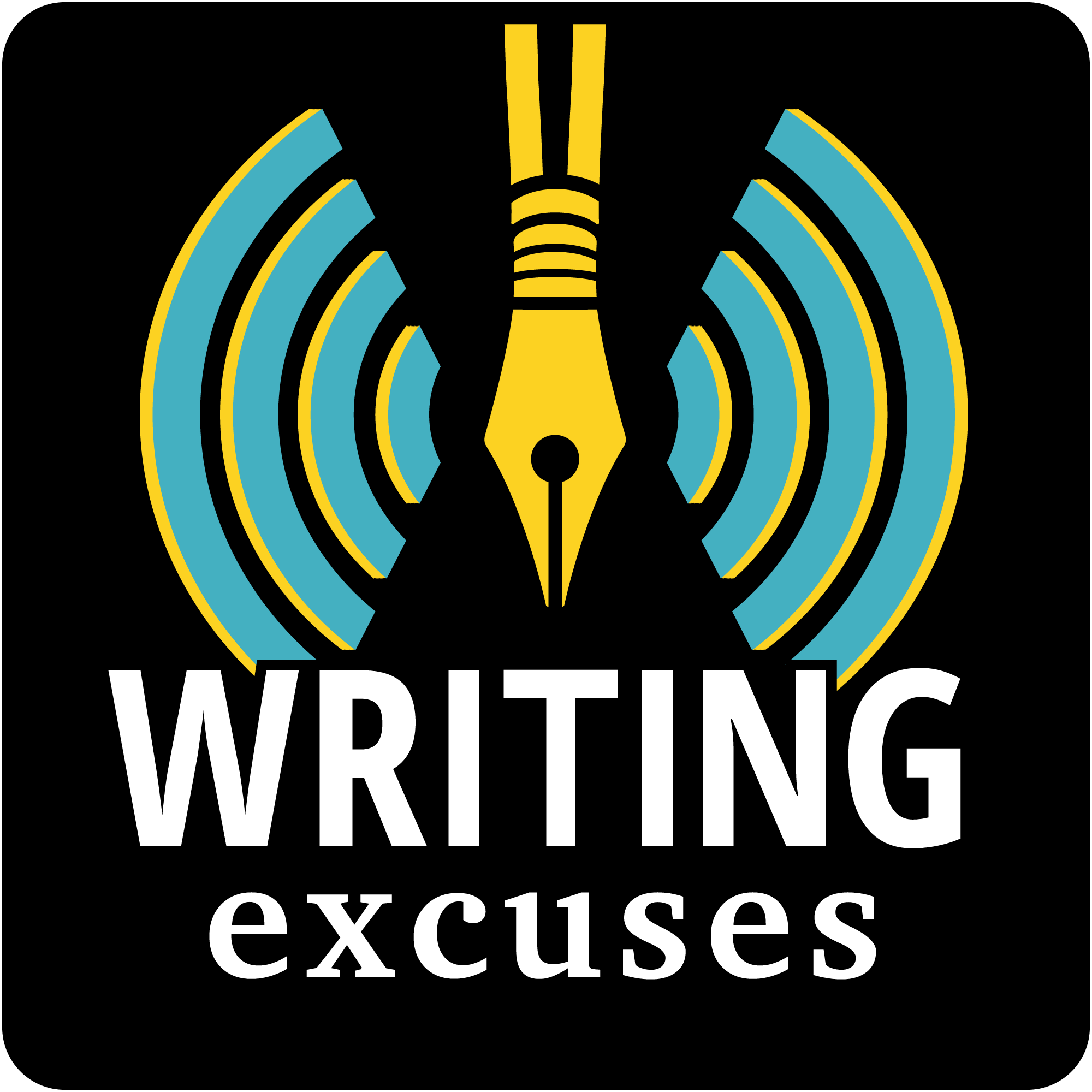In our ongoing exploration of tension, the time has come to examine conflict. It can be shaped and delivered in numerous ways, but you have to know the core conflict before you can make anybody feel tense about it. Credits: Your hosts for this episode were Mary Robinette Kowal, DongWon Song,…
Fifteen minutes long, because you're in a hurry, and we're not that smart.

